TOHOKU INAKA TOUR WITH AUTUMN COLORS
Oct. 25 ~ Nov. 4 (9 nights, 11 days)
| This tour is recommended for people who want to see the autumn leaves in Japan but don't like the crowds.This tour will also visit lesser-known autumn foliage locations such as Fujiwara no Sato, Dakigaeri Valley, Yudono Shrine, and Shirakami Sanchi. Let's enjoy Japan's autumn leaves slowly. |
| Date | Place
and Hotel ♨=onsen |
Activity | B | L | D |
| Oct. 25 (Sat.) |
|
Depart Honolulu to Narita airport. |
|
|
|
| 26 (Sun.) |
NARITA ART HOTEL♨ |
Arrive at Narita airport, then go to hotel not far from the hotel. After check in you can ride the hotel shuttle bus and go to Aeon Mall for shopping and eating. |
|
|
|
| 27 (Mon.) |
KINUGAWA
HOTEL MIKAZUKI♨ 
|
From the hotel we go to Hitachi Seaside Park. The 40,000 bright kochia trees and 2.3 million cosmos trees on Miharashi Hill are in full bloom. After lunch we go to Bamboo Grove Wakayama Farm. Unlike Bamboo Grove of Arashiyama in Kyoto, you can enter the middle of the bamboo grove. Next visit the Nikko specialty Yuba Factory. Enjoy watching the yuba making process, experiencing yuba pulling, and tasting the yuba. Then we go to the hotel. |
× |
× |
× |
| 28 (Tue.) |
KINUGAWA
HOTEL MIKAZUKI♨ 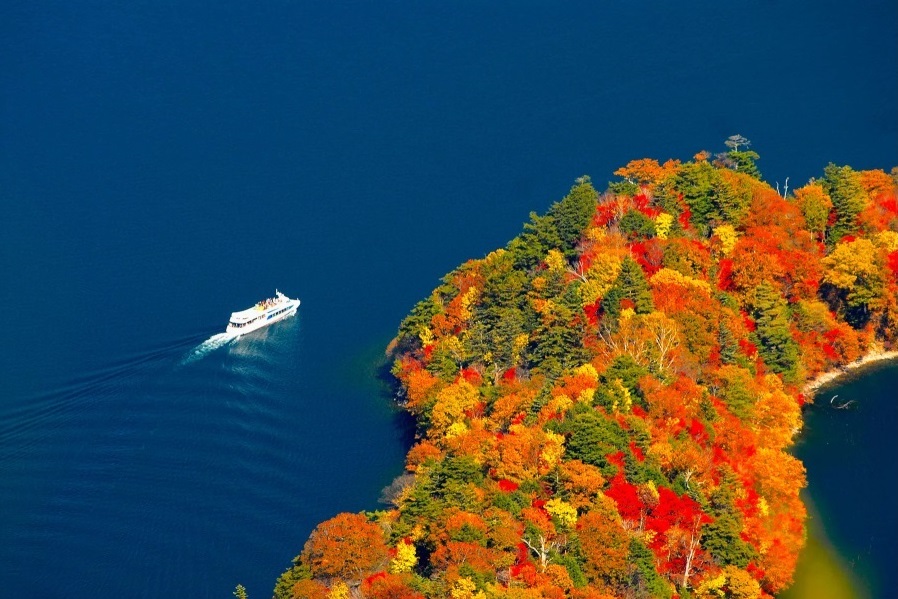 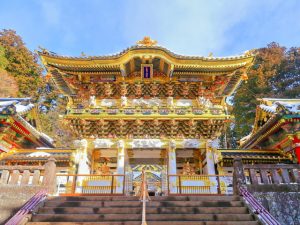
|
From the hotel we take a sightseeing cruise on Lake Chuzenji. Enjoy viewing sceneries of natural beauty and autumn colors. Next go to see Kegon Falls, one of three Japan’s most beautiful falls. Then we go through Irohazaka. Spectacular autumn colors along Irohazaka can usually be enjoyed from late October to early November. After lunch we visit Nikko Toshogu, it enshrines the most famous Shogun Tokugawa Ieyasu. Its carved and brilliantly decorated structures are part of the Shrines and Temples of Nikko UNESCO World Heritage site. Next visit the Nikko Okaki Kobo, is a directly managed store of Maruhiko Seika, a long-established confectioner with a history of over 90 years. After the factory tour, enjoy shopping for over 100 types of rice crackers and rice crackers. Then we go back to the same hotel. |
× |
× |
× |
| 29 (Wed.) |
MIYAGI
ZAO
HOTEL MERCURE ♨ 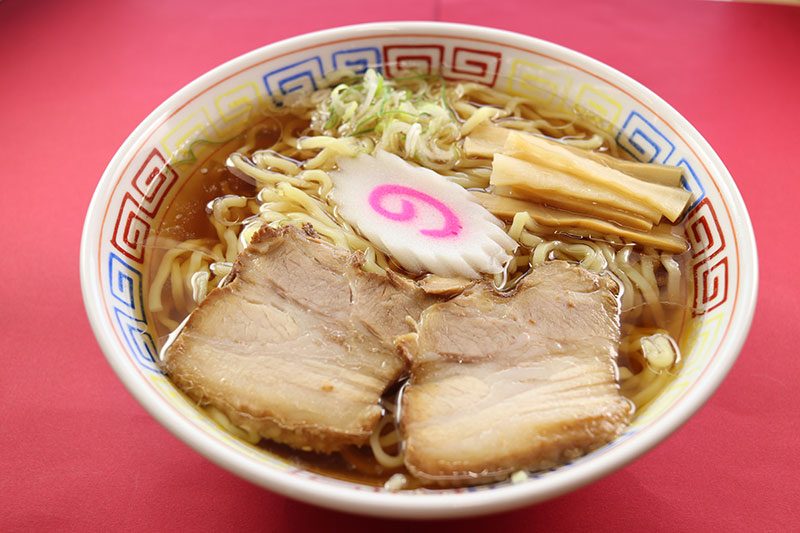 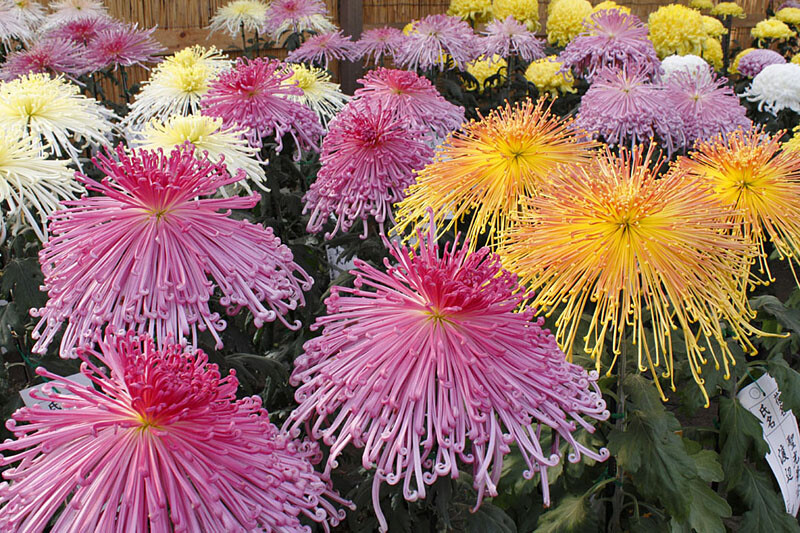
|
From the hotel we visit Ouchi-Juku, it was a flourishing post-town in the 17th century. The town’s traditional buildings are now officially protected and we can travel back in time to the Edo period as you walk along the row of thatched-roof homesteads. Then we go to Tono Hetsuri Bridge. Hetsuri is an old Aizu dialect meaning “cliff overlooking a river”. It is said that a long time ago, this place was once the sea. After long years of erosion and weathering, this cliff acquired a unique atmosphere, consisting of different kinds of shapes and sizes. Lunch is Fukushima's famous Kitakata ramen. After lunch we visit Nihonmatsu Chrysanthemum Doll Festival. Nihonmatsu City takes great pride in cultivating chrysanthemums, Japan's national flower. We enjoy the elaborate Kiku dolls and Senrinzaki (technique in which 1,000 flowers can bloom on one stem). | × |
× |
× |
| 30(Thu.) | TENDO
TENDO HOTEL♨ 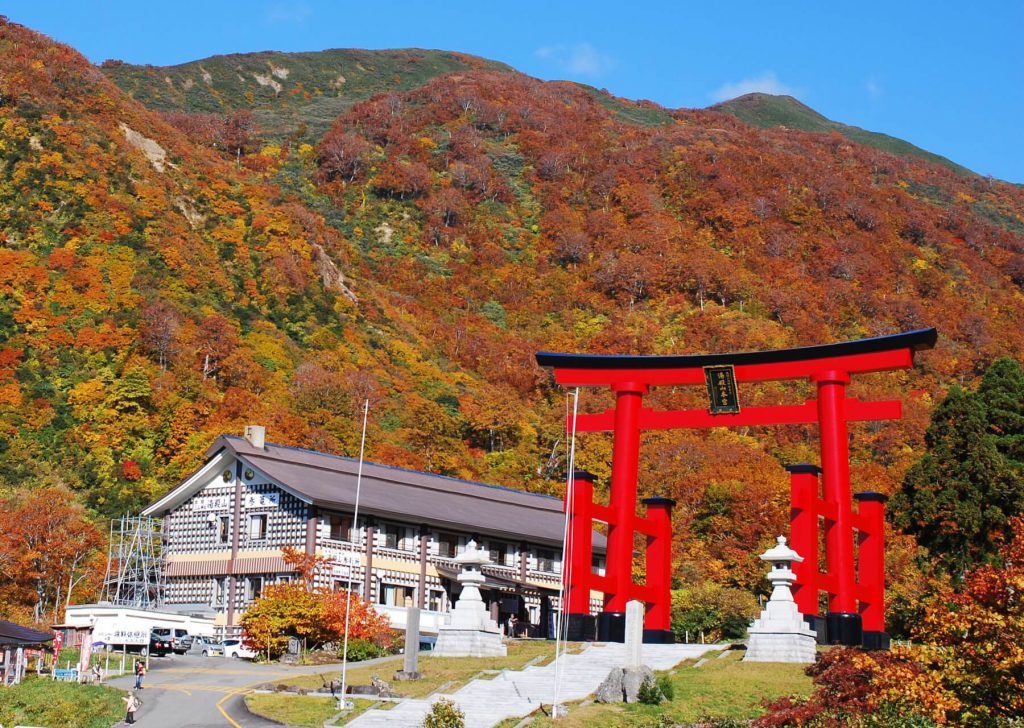 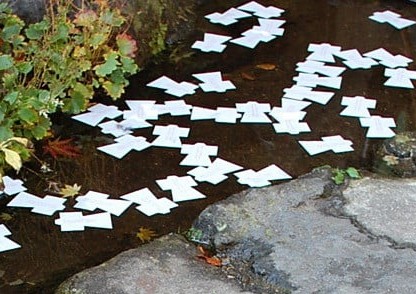 |
From the hotel we visit the Zao Kokeshi Museum, boasts boasts a collection of kokeshi dolls 5,500 strong the largest in Japan. Kokeshi are a traditional craft that originated in the Tohoku regions. We try their hand at painting their own original kokeshi. After lunch we go to Mt. Yudono shrine. This mountain is one of the top sacred places in Japan. Mt. Yudono Shrine, considered the most holy of the shrines at the Three Mountains of Dewa, is famous for its strict no photos, no shoes policy. The Shugendo ground is also considered so sacred that one is neither to talk nor hear of what happens inside the shrine. Please see for yourself what is going on. Then we go the hotel. |
× |
× |
× |
| 31 (Fri.) |
OSHU
ROUTE INN 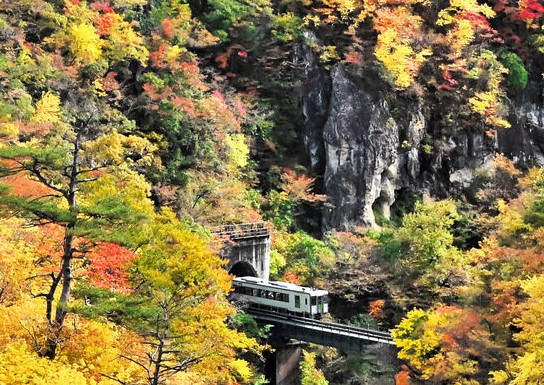 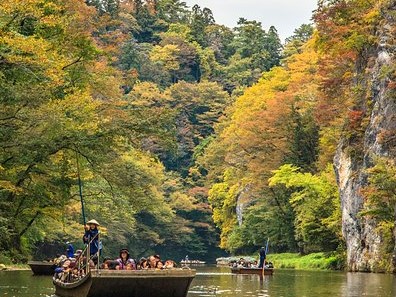 |
From the hotel we go to Naruko Gorge Observatory. Known as one of Tohoku’s greatest places of autumnal beauty, the deep gorge is particularly impressive when decorated with colourful autumn leaves. Then we visit Motsuji Temple, famous for Japanese garden. (It is one of 31 Japan’s most beautiful places selected by CNN). Next go to Tohoku most famous temple, Chusonji Temple. We can enjoy autumn leaves and see Konjiki-do (Golden Hall). After lunch we go to Geibikei gorge, a beautiful ravine and gorge by the Satetsu river surrounded by tall cliffs. Take a riverboat and enjoy the scenery. Then we go to the hotel, in the evening we visit Fujiwara no Sato to see the illuminations of the autumn leaves. | × |
× |
× |
| Nov. 1 (Sat.) |
MORIOKA
RICHMOND HOTEL  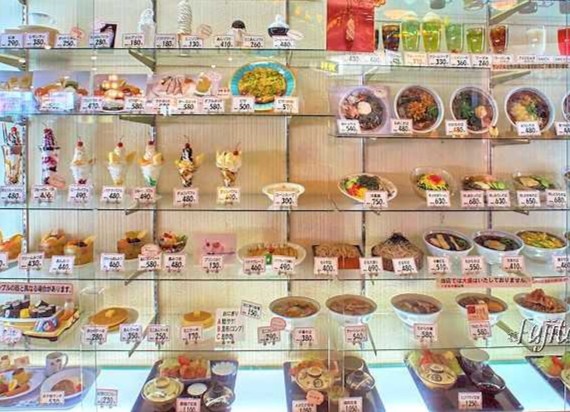 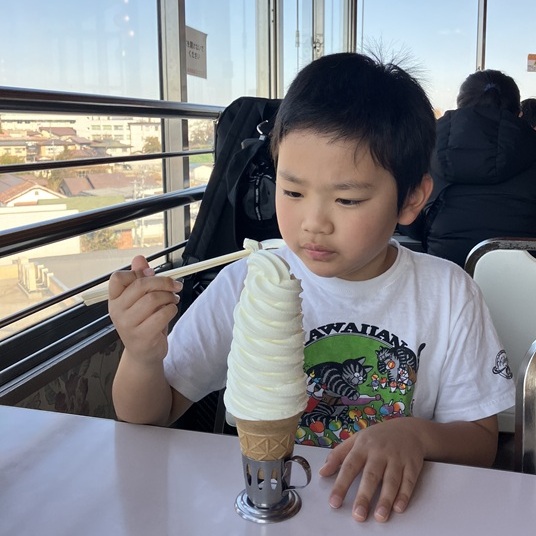 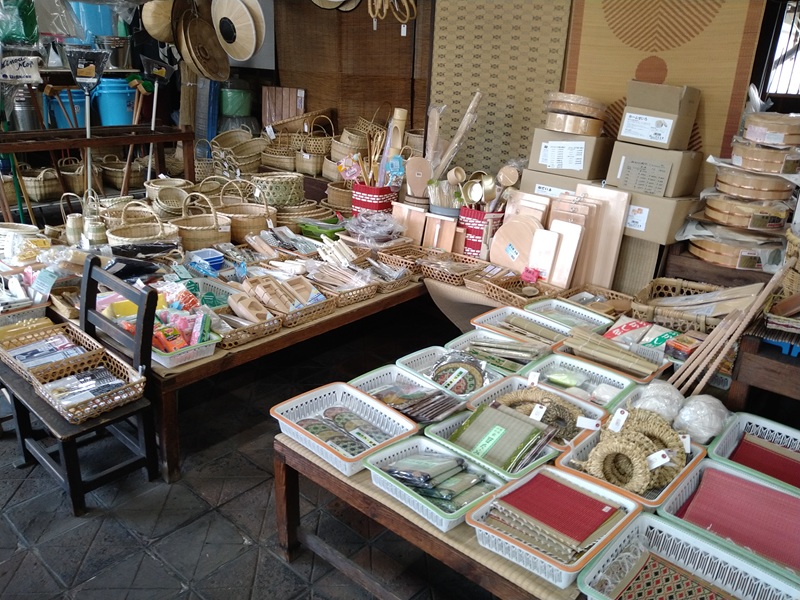 |
From the hotel we visit the Oshu City Traditional Industrial Hall. We can see a display of a signed baseball, his uniform from when he played in Japan, and all sorts of other memorabilia at the hall in the town where Shohei Otani grew up. And we see the handshake statue of Mr. Otani and the Nambu ironware of the local industry. Then we go to Hanamaki Higashi High School, the alma mater of Otani and Kikuchi, to see the 2021 Major League All-Star selection monument. Although we cannot enter the high school grounds, we can also see the baseball field where Otani practiced during his high school days. Then we go to Marukan Building Restaurant for lunch. Marukan Department Store, which opened in 1973, closed in June 2016, much to be missed. At that time, the large restaurant on the 6th floor also closed, but due to the voices of many fans and crowdfunding, it was revived as the Marukan Building Restaurant on February 20, 2017. Enjoy your favorite meal and Marukan famous 10-tier soft serve ice cream. The Local style is to eat the 10-tier soft serve with chopsticks. After lunch we go to Nanshoso, is known for its beautiful Japanese garden and traditional architectural style. Built in 1885 as the residence of a Morioka-born businessman, Nanshoso is now officially designated by Morioka City as a ‘protected garden and important landscaping structure,’ with the garden also being a registered as a national monument. Next we go to Gozakyu Store. Folk crafts, traditional bamboo baskets, easy-to-use brooms, straw slippers, etc. It is full of items that are easy to fit into modern life and that you will love. Then we go to the hotel. | × |
× |
× |
| 2 (Sun.) |
AKITA
RICHMOND HOTEL 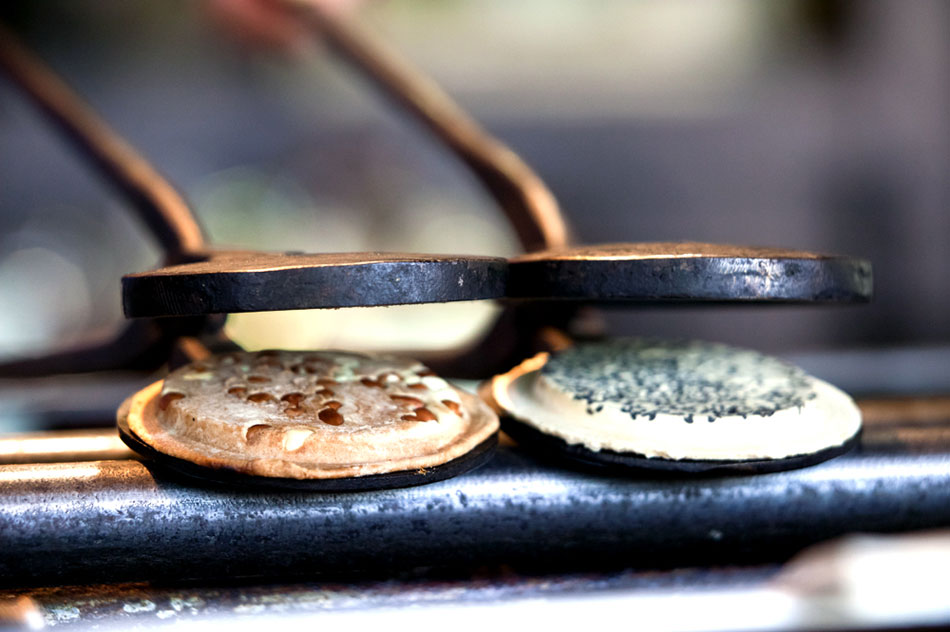 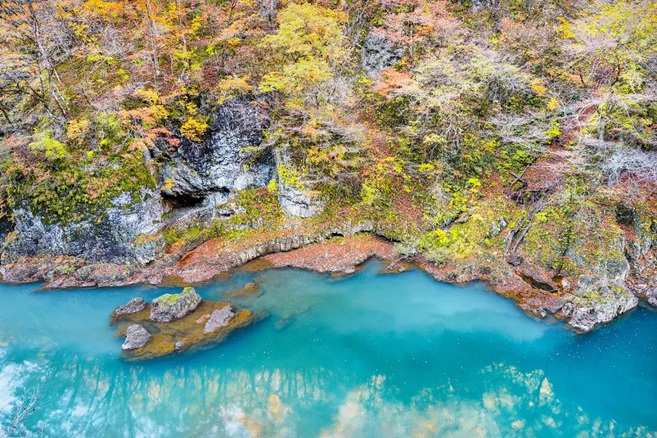
|
From the hotel we visit Morioka Handcrafts Village, presents in a same place all the traditional industries of the Morioka Region. We observe experienced craftspeople working on traditional craft products, local food and sweets. And we experience making Nanbu Senbei. Then we go to Dakigaeri Valley, with its beautiful and mysterious azure mountain streams, is also known for autumnal foliage to see the Kami no Iwahashi (rock bridge of God) is a major scenic spot of this valley. The contrast between the red suspension bridge and the emerald green surface of the water is an absolutely beautiful sight. Lunch is Akita's specialty, Kiritanpo Nabe. After lunch we go to Kakunodate, known as Little Kyoto, to see the Ishiguro residence of a senior samurai. This is the oldest remaining house in Kakunodate. The family still lives in part of the house so only a portion is open to the public. Then we go to the hotel. | × |
× |
× |
| 3 (Mon.) |
AOMORI DAIWA ROYNET 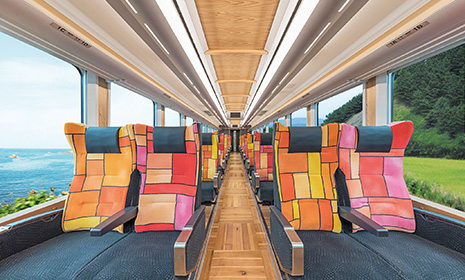 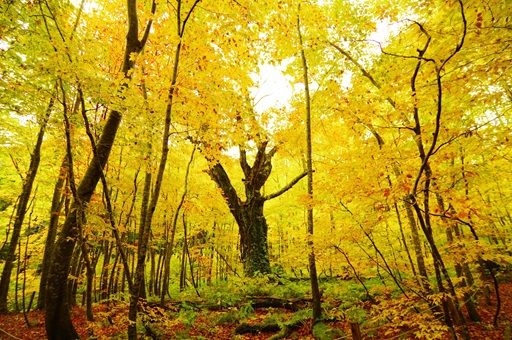 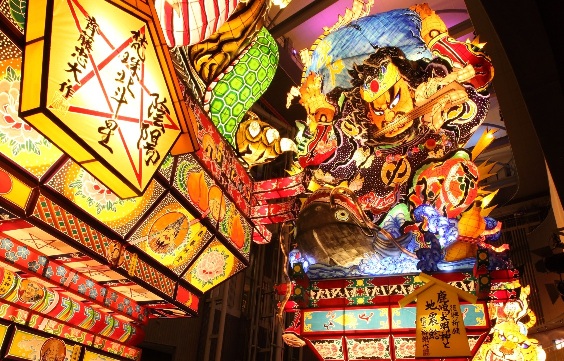
|
From Akita station, we ride one of the most beautiful train rides in Japan, the Resort Shirakami train. Travels between Akita Station and Juniko Station (Dep.8:19 Arr.10:25), following the scenic coastline of northern Tohoku. After Arriving at the station, go to Shirakami Sanchi, Japan's first world natural heritage site. Here, large area of primeval natural forest, mainly Japanese Beech, have remained in a “pure forest” state. We go to see the Aoike Pond. With water so clean that it appears to be a deep cobalt blue, this pond is a wonder for the eyes. Then we short walk through the natural beech forest with autumn leaves. After lunch we visit the Tachineputa Museum. Goshogawara Tachineputa Festival is one of the four largest summer festivals in Tohoku. The exhibition hall is an atrium with an incline around the 75 feet tachineputa so visitors can see it from top to down. Footage from the festival is shown at the exhibition hall. |
× |
× |
× |
| 4 (Tue.) |
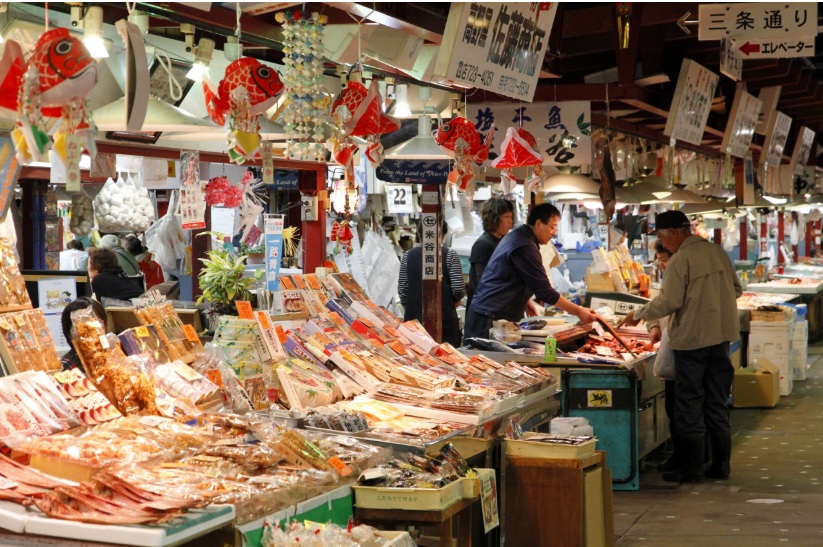 |
In the morning we go to Auga Market, consists of tightly packed rows of vendors selling all sorts of fish, seafood, vegetables and prepared foods. After check out of the hotel, we fly to Haneda airport from Aomori airport. Afterwards, head to Haneda International Terminal to depart for Honolulu. | × |
|
|
HOTELS ARE SUBJECT TO CHANGE TO SAME OR BETTER CLASS
DUE TO THE WEATHER SITUATION THE TOUR COURSE MAY CHANGE
Back
Hand-Made Tours
Direct calls to Evelyn: (808) 520-0018
E-mail:handmadetourshawaii@gmail.com